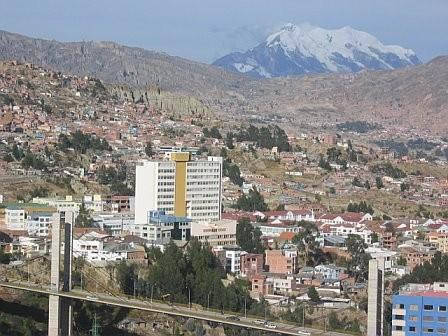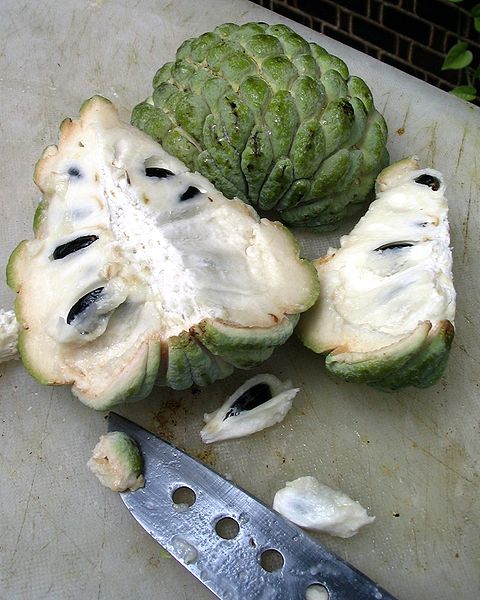 La Paz, the world’s highest capital city. Photo Courtesy of CIA World Factbook
La Paz, the world’s highest capital city. Photo Courtesy of CIA World Factbook
Bolivia, you had me at “potato.”
But then you went on to seduce me with corn, cheese, quinoa, cassava, and fried bananas. With these simple ingredients, Bolivians make an art out of comfort food. Imagine, for a moment, being served a dish of Plato Paceño – you look down at your plate to see a thick slab of fried cheese draped over top of steaming corn on the cob, served with boiled potatoes and broad beans. Not bad (and it’s vegetarian)! But, just to make sure you’re awake, the Bolivians “pepper” your plate with a healthy dose of screaming hot locoto chili pepper sauce called Uchu Llajwa. Uchu Llajwa is made with a blend of tomatos, locoto pepper, salt, and quilquina (an herb described as a blend of arugula, cilantro, basil, and rue – often substituted with cilantro where unavailable).
If you’re more in the mood for something fried, say a pastry, Bolivians deliver in this area as well. The Salteña is an incredibly popular meat-filled pastry, rather like a large empanada. The crispy dough (seasoned with achiote) makes a pocket of fried goodness, filled with beef or chicken, hard-boiled egg, raisins, and vegetables. Then the crust is rolled up like an empanada (See the technique in How to repulgue an empanada).
But let’s get back to the potato. According to Jose Sanchez, author of My Mother’s Bolivian Kitchen, there are over 1,200 kinds of Bolivian potatoes. With so many varieties, Bolivians are the number one consumer of potatoes in the world; they eat them about as many ways and in as many dishes as the Bahamians eat conch. For starters, they boil, bake, steam, fry, and freeze dry them. They like potatoes so much that they even put a few different ones together in a dish. For example, stews often include boiled and freeze-dried potatoes.
Freeze-dried potatoes are called Chuno. Chuno takes at least five days of work to make and involves several freeze-thaw cycles and stomping the potatoes with clean, bare feet. The end product looks a lot like a rock and vaguely like a little like a shrunken head. I’ve read the shelf life is anywhere from 10 years to forever. Awesome!
Originally part of the Inca empire, many Bolivian recipes are influenced by the indigenous Indian culture as well as the Spanish. Dried corn husks are often used to wrap humintas (a steamed pastry filled with pureed corn, cornmeal, cheese, baking powder, and other seasonings. Popular produce includes avocado, banana squash, banana, plantain, prickly pear, mango, and custard apple.
There are sweets for any palate, including flakey pastries, creamy custards, confite (boiled sugar with nuts, roasted peas, or fruit), and chocolates. In his book, Sanchez says that Bolivian chocolate has “a reputation of being as good, if not better, than some of the best chocolate in Switzerland.”
No afternoon is complete without a steaming cup of tea. Bolivians drink Yerba Mate, Coca – said to taste a bit like green tea – (coca is made from the leaves of the coca – cocaine – plant and is illegal in the US), and Api, a drink often made from ground purple maize, cinnamon, cloves, lemon, and dried fruit.
Bolivian food sounds so incredibly tasty (even the Chunos… I’m intrigued), I think I could eat it until my bellybutton popped out. (Didn’t I tell you? That’s what Ava’s bellybutton does after eating her dinner. Cracks me up every time). The weird thing is, my bellybutton never popped out when I was pregnant. And Ava came ten days late. So that’s saying a lot.







5 Comments